If you like things that are made with your own hands, or as cute looks openwork tablecloths and blouses, or want to please close a gift from the soul, well, or just decided to master another skill and chose crochet, then this article is for you. Training crochet from scratch - the process is interesting and fascinating, and the resulting skill can be useful to you in further work.
If you charge a little and be attentive, after a few weeks you can knit not just napkins, and clothes and shoes for yourself and loved ones. All these things will look cute and your work and love will be invested in each of them. These products will be able to become an excellent gift for any occasion: girlfriend's birthday, parents wedding anniversary, sister's birthday, New Year or day of all lovers.
Some Soviets
To begin with, you should get used to the right hook and thread. There are several ways to do this.
You can try out everything and choose for yourself the most convenient. The way at number one is called "direct grip". In this case, the hook is kept like a ball handle or a simple pencil.
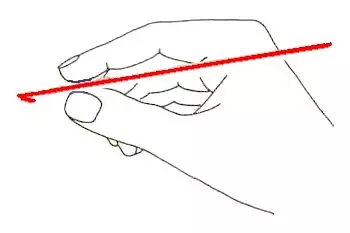
The following is "reverse grip", in which the hook is taken to keep, as if you hold the knife. This method is less convenient and contributes to the fact that your hand tires faster. But sometimes it is irreplaceable.
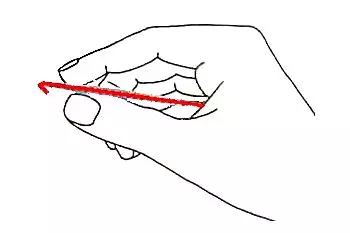
You also need to learn how to keep the right thread when working. This is done like this: the long thread, coming from the motorcycle yarn, is moved through the index finger on the left hand (if you are right), and the other fingers regulate it. This thread is called the working thread.
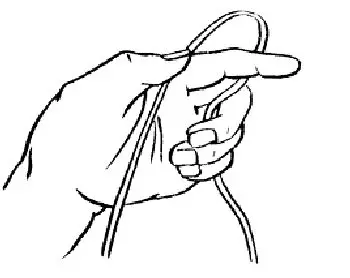
Now a few simple movements to get the first loop. Take the end of the thread, bend it, and then cross the thread in the resulting loop, thereby fasten the first loop. In the resulting as a result of these actions, enter the hook, pick up the thread, pull out, etc. If necessary, the loop size can be adjusted, slightly tightening the thread with the fingers of the left hand.
Try not to tighten the loop tightly, otherwise knit every day it will be harder, you risk scratching your finger.
Do not be upset if everything does not work smoothly from the first time, for this you learn. At first, every element for you seems to be something new, with each step you will move forward, learn and develop. Imagine that by having learned a certain element, you wander your little, but this is no less significant victory. So smoothly go to knitting the loop chain. It is at the same time the first next to the future canvas.
Article on the topic: Knitting Easter chicken knitting
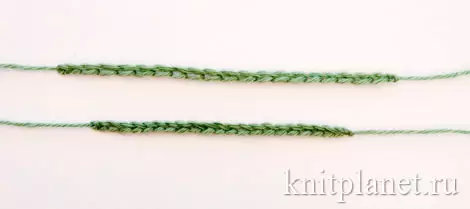
Try to stick the loops of the same magnitude. So the product will look neat. Once at once your skill will be improved. Now let's find out what a column is without a Nakida, with an attachment, a semi-sololbik. Perhaps now these words do not talk about anything, but very soon you will get used to this terminology. And it looks even easier.
So, the column without a Nakid or ISB (such a reduction can often be found in the description of the product or in the list of designations to the schemes). This type of columns is used when knitting to obtain a more dense web. Type a chain out of 10 V.P. (air loops) and another lift loop. These loops are not included in the number of loops of the row, they are intended to be easy to guess, for lifting and equivalent to columns: so 1 lifting loop is equal to a single column without a Nakid; 2 loops - a column with Nakid, etc. Over time, you will remember this and learn how to simply navigate.
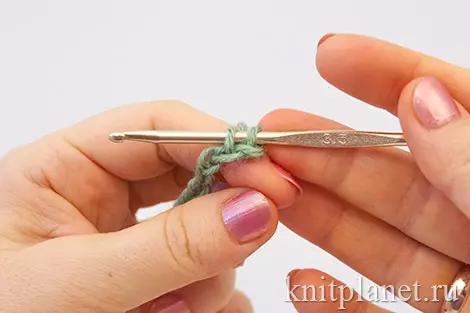
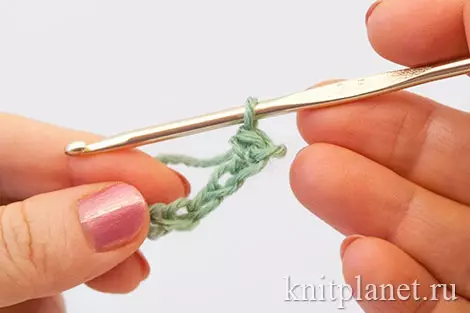
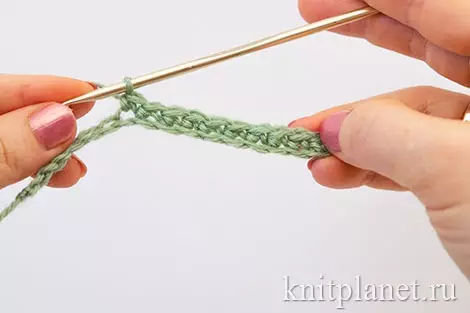
The first column knit into the second loop from the hook, we introduce the hook under both walls of the loops, grab the thread and pull through the loop, we get two hoozzles on the hook, stretch the thread through both at the same time.
On the hook we see one loop, and the first column on the chain. Touch so until the end of the row to practice. At the end of the row after the last loop, we make a lift loop and turn the cloth. We will knit semi-solids or connecting columns - the lowest, forming hard and very dense canvas. Their destination in knitting is to combine fragments of lace beans or when knitting round elements. Knit such columns is not difficult: enter the hook in the loop, capture the thread, stretch and simultaneously stretch through the loop, which is on the hook. That's all, check until the end of the row. Loop loop and turn the cloth. We proceed with the column with Nakid. We throw the thread on the hook, we enter it into the next loop, capturing the thread, stretch it through the loop. It turned out that now on hook three loops.
Article on the topic: Basics of crochet for beginners: Types of loops in pictures
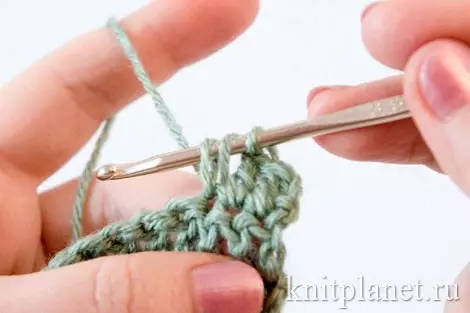
It is necessary to capture the thread and stretch through two loops, two hinges remain. Go ahead. We again capture the thread and stretch through the remaining loops, here is a column with Nakud and ready. Continue to knit until the end of the row. Stakes with three and more nakidami are pronounced in the same way.
First schemes
Knit products can also be described, but it is not always possible to find it. More often you can find the schemes of napkins, chalee or blouses, as well as other products. Therefore, it is better to try at the very beginning to learn to read the schemes and do everything in accordance with it.
To begin with, it is worth to take a simple scheme, not burdened by complex elements and suitive structures.
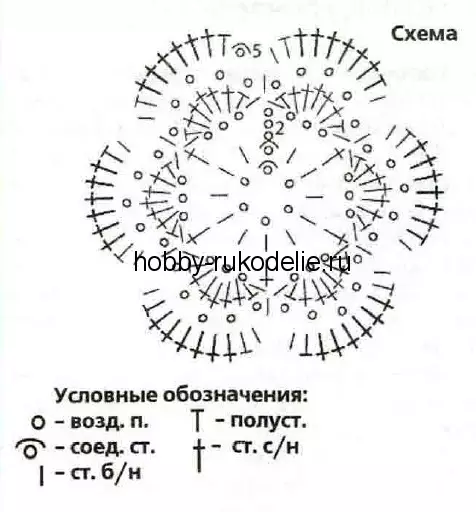
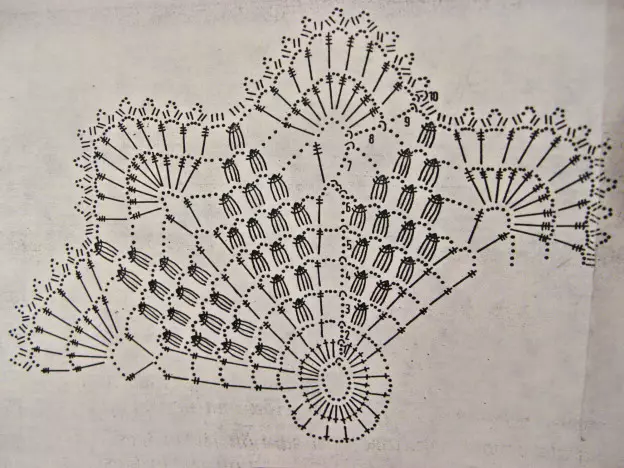
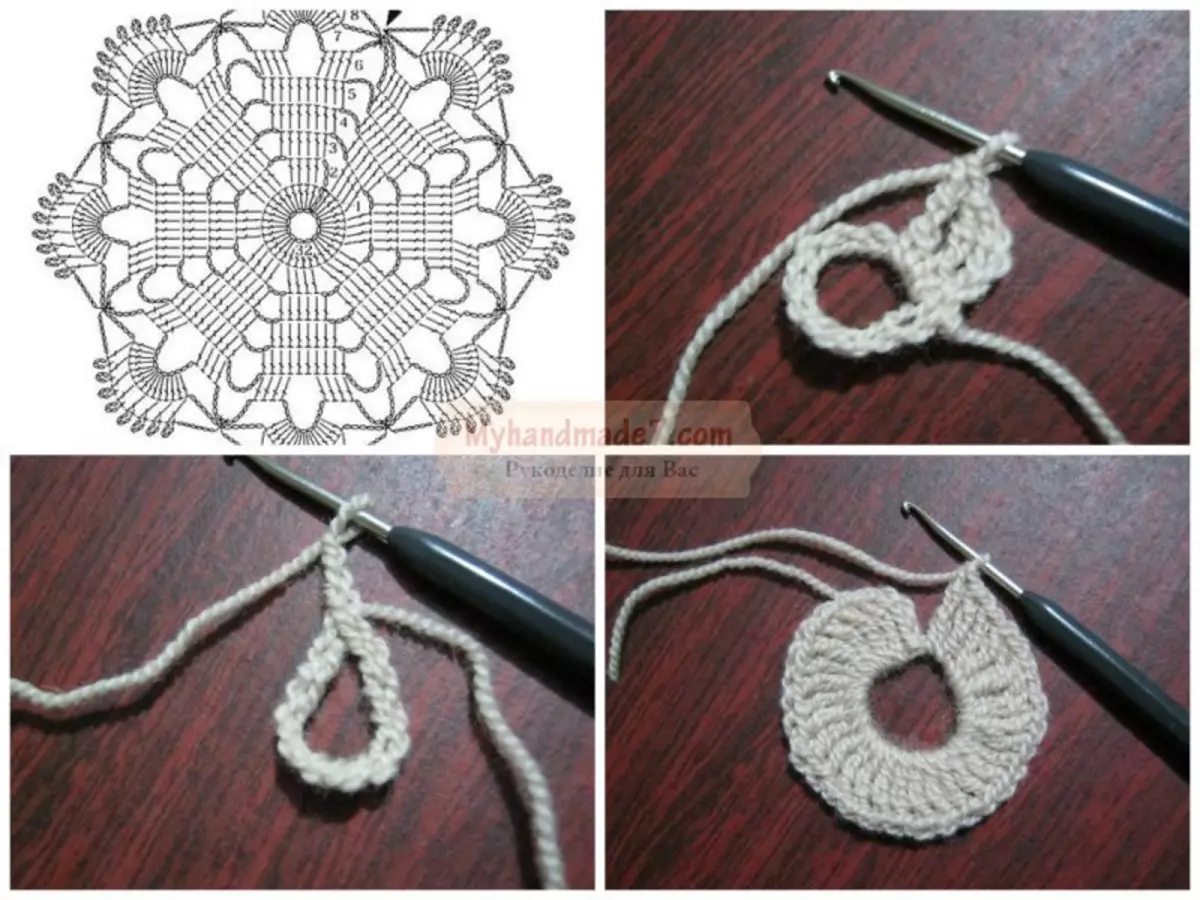
Should I explain something before starting. Next will be used the following conventions:
- VP - 1 air loop;
- ISP - 1 column without Nakid;
- SSN - 1 column with one nakid;
- CC2N - 1 column with two nakidami;
- CC3N - 1 column with three nakid.
Now you can proceed to knitting according to the schemes.
Video on the topic
Video generation for better perception and consolidation of the studied:
